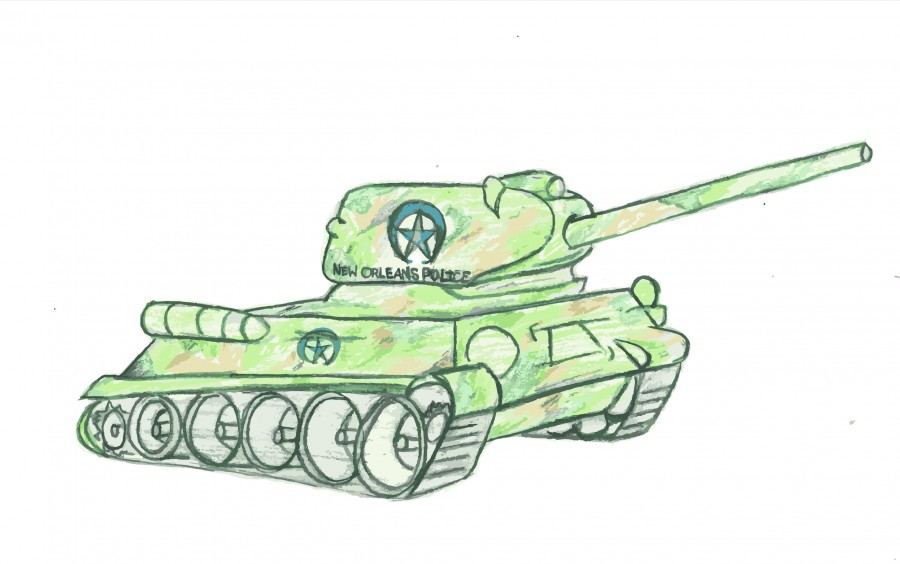Police must seek engagement, not intimidation with citizens
Following a string of violent protests across the country, the Trump administration is looking to expand the military-grade resources available to police. The events leading up to this potential expansion not only illustrate the growing divide between Americans on opposite ends of the political spectrum, but also raise questions about what the responsibility of law enforcement in pacifying such situations should be.
The role of police officers is currently under increased scrutiny due to Attorney General Jeff Sessions’ announcement that President Trump will sign an executive order reversing former President Obama’s restrictions on the use of surplus military equipment by local police departments. The restrictions, which applied to equipment such as grenade launchers, bayonets and armed aircraft, were implemented by the Obama Administration in 2015 in response to harsh police tactics used against demonstrators protesting the shooting of 18-year-old Michael Brown.
Though the Trump administration claims the move is part of its plan to restore law and order, many statistics do not support its assertion that the United States has become more violent. On the contrary, statistics show violent crime has declined as much as 50 percent nationwide over the past 25 years. There is, however, concern that the use of military-grade equipment by police will be used to intimidate demonstrators and alienate marginalized communities, worsening the already strained relationships between law enforcement and communities of color.
The New Orleans Police Department recently demonstrated some of the tactics law enforcement can use to prevent violent outbursts and diffuse contentious situations. Knowing there would be significant resistance to Mayor Mitch Landrieu’s campaign to remove Confederate memorials throughout the city, the NOPD worked with the Joint Terrorism Task Force and the Louisiana State Police to gather intelligence about pro-monument protestors planning to travel to New Orleans. NOPD also communicated with demonstrators on both sides of the issue to ensure they understood laws against holding firearms at protests and wearing masks in public. Though these efforts cost the public more than $2 million, there were no serious instances of violence.
These tactics, which consist of working with organizers and community members, are less likely to intimidate or alienate citizens than the use of heavy military equipment to subdue protestors after violence has already broken out. New Orleans’ successful removal of Confederate monuments disproves the contention that police militarization is the only way to maintain peace and security.
Instead, law enforcement should utilize proactive, well-planned police work and clear communication as effective means to avoid violent clashes at rallies and protests.
This is an opinion article and does not represent the views of The Tulane Hullabaloo. Madeline is a sophomore at Newcomb-Tulane College. She can be reached at [email protected].
Your donation will support the student journalists of Tulane University. Your contribution will allow us to purchase equipment and cover our annual website hosting costs.




Leave a Comment